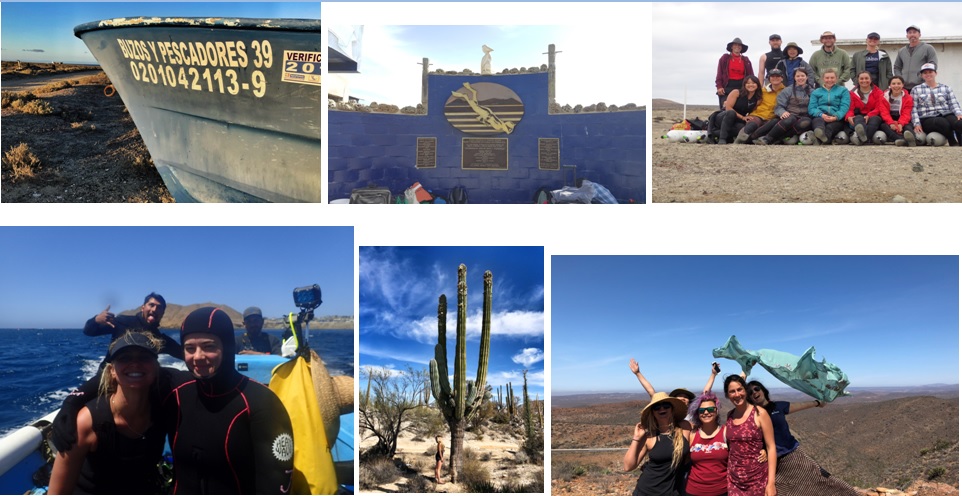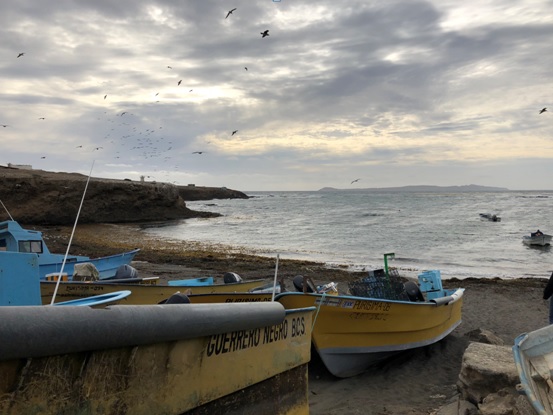By Lauren Parker, Ichthyology Lab
I can hear the waves crashing on the shore somewhere nearby and the bristle of polyester as someone shuffles in their sleeping bag. It’s not enough to make me open my eyes to check the time; I’m hoping its early enough for me to let the sounds of the ocean breaking on the sand lull me back to sleep. Then someone’s alarm goes off; someone else unzips a mummy bag. I open one eye, then the other. I resign to untangling myself from my sleeping bag and crawling towards the ladder that will let me down from the topmost bunk. I hit my head on the ceiling because it’s about a foot above my face where I sleep. Someone has started water boiling for coffee on the camp stove to keep the caffeine vultures at bay for the time being.
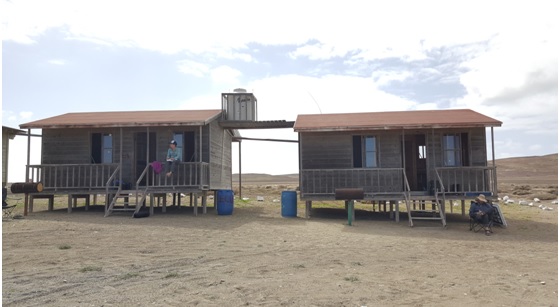
Island life is quiet, aside from the gulls and the waves. The town is nestled at the south end of the island where it is more or less protected from the prevailing northwest winds. It is characterized by colorful houses and even more colorful people. Everyone here has been more than willing to share food and drink with us, open their homes to us, and pick us up in the back of pickup trucks as we hike a mile from our cabins into town. Our boat captains and dive masters are indispensible aids as we adapt our class projects to the rotating dive teams and changing ocean conditions.
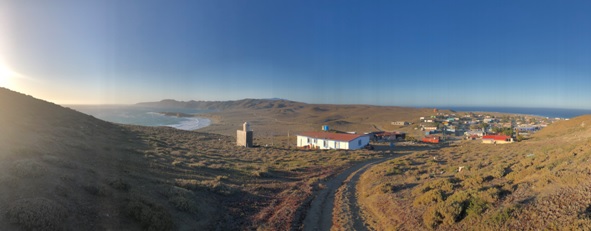
Our first dive was rough. Strong winds resulted in rough seas and a boat full of vomiting scientists. What is more, we jumped in the water and our carefully planned dive fell to pieces. Currents were strong, visibility was poor, and everyone was a little rusty. I surfaced from that dive thinking we all seriously needed to re-think what we were doing here. However, after spending a much-needed surface interval in the sun, we followed the recommendation of our crew and jumped back in the water somewhere nearby. I rolled backwards off the boat and into an aquarium. The kelp reached 50 feet from sand to surface in thick vertical pillars. Sheephead weaved in and out of the underwater forest and Kelp Bass stared at us from the darkness between the columns as we descended. Sunlight shown through the kelp fronds creating beams of yellow in all the green. It was beautiful, and completely unexpected.
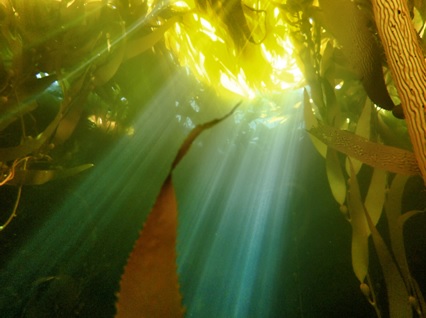
We spent two weeks systematically planning, failing, and re-making our plans. If there is one thing I have learned from traveling, it’s that nothing turns out exactly the way you plan it. Tires crack, caravans split up, radios fail, water jugs leak, and you realize that coffee for 20 people cannot be made quickly enough to satisfy the demand. However, beautiful things happen just as often as the unfortunate. Friendships form and others strengthen; new skills are discovered and developed. A flowering cactus forest turns out to be one of the most beautiful things you’ve ever seen. The wind slows and the sun comes out. We stared with open mouths as the desert changed around us: from city to farmland to high desert to salt flats. We sped along cliffs dodging semi-trucks and stray cows, ate fresh fish tacos and slept among the boojum trees.
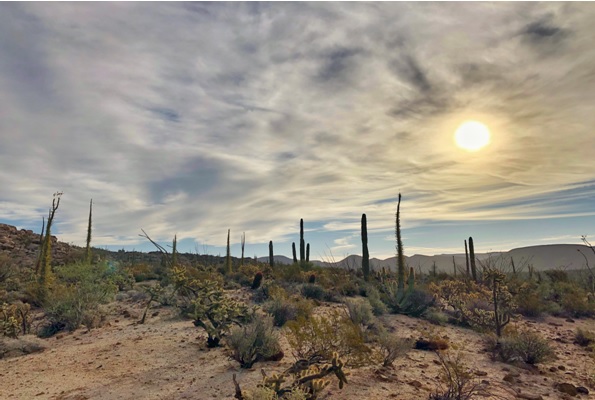
I hope other students took away from this expedition as much as I did. But for now, I will focus on lessons I have learned. Always talk to people and make as many new friends as you can. Each person is unique and can be learned from. If you do not speak the language, make an effort learn it. A word or two, even. Take advantage of every opportunity: go yellowtail fishing after no sleep, eat snails straight out of the ocean, stay an extra night in a foreign city, take a shower in the freezing ocean. You may never be here again. Lose your expectations. More importantly, if you have expectations, be OK with it when they are not met. It is my experience that, usually, things will work out.
